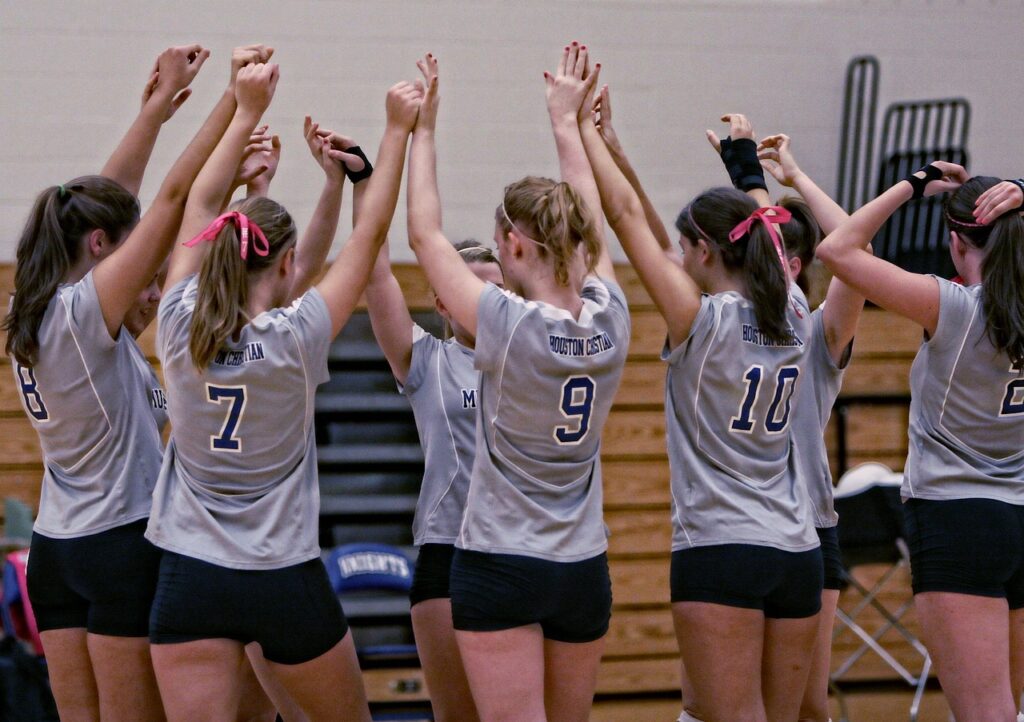Osteochondritis Dissecans (often called “OCD”) is a joint condition that affects children and teenagers who are active in sports or physical activity. Although it can sound serious, most cases are treatable and heal well when diagnosed early. At Children’s Orthopaedic & Scoliosis Surgery Associates (COSSA), our pediatric orthopaedic specialists provide comprehensive evaluation and care to help young athletes recover safely and return to the activities they love.
Osteochondritis Dissecans occurs when a small segment of bone and the cartilage covering it lose their blood supply. Without enough blood flow, the bone can weaken and begin to loosen from the surrounding joint surface. Over time, this can cause pain, stiffness, and limited movement.
OCD most often develops in one of three joints:
The elbow (capitellum of the humerus)
The knee (medial femoral condyle)
The ankle (talus)
It can happen in adults but is most common between ages 10 and 15, when the growth plates are still open.

The exact cause isn’t always clear, but several factors may contribute. These include repetitive overuse (especially in throwing or jumping sports), genetics, or problems with the joint’s blood supply.
An OCD lesion may cause localized joint pain, swelling, or stiffness. Children may notice decreased range of motion or a catching, popping, or locking sensation. If the leg is affected, they might limp or feel that the joint is weak or unstable.
During your visit, your healthcare provider will review your child’s symptoms and medical history, followed by a detailed physical exam of the affected joint. X-rays are often taken to look at bone health and joint alignment. An MRI may be recommended to better evaluate the size and stability of the lesion and to see whether any loose fragments are present.
Treatment depends on your child’s age and how stable the lesion is.
Stable lesions in younger patients who are still growing often heal with rest, avoiding weight-bearing or throwing activities, and modifying sports participation.
Unstable lesions or those that don’t improve with rest may require surgery. Surgical treatment might include removing loose bone or cartilage fragments or stimulating healing by drilling into the area to restore blood flow.
In larger lesions, a procedure called an osteochondral autograft transplant (OAT) may be performed. This replaces the damaged bone and cartilage with healthy tissue to restore the joint surface.
Your provider will determine the best plan to promote healing and a safe return to activity.
With early diagnosis and proper care, most children recover well and return to normal activities. Full recovery can take several months, and it’s important to follow activity restrictions during that time to prevent re-injury. Patience is key—rushing back into sports too soon can delay healing or worsen the condition.
Good habits such as proper warm-ups, stretching, and balanced training can help reduce the risk of future joint problems. Encouraging rest days and avoiding repetitive stress are also important in protecting growing joints.
Dealing with an injury can be frustrating for young athletes. Providing reassurance and emotional support helps them stay positive while healing.
At COSSA, we understand how important it is for children and teens to stay active and healthy. Our board-certified pediatric orthopaedic surgeons are dedicated to helping each patient recover safely and return to the activities they enjoy most. If your child is experiencing joint pain or limited movement, schedule an appointment call (727) 898-2663.